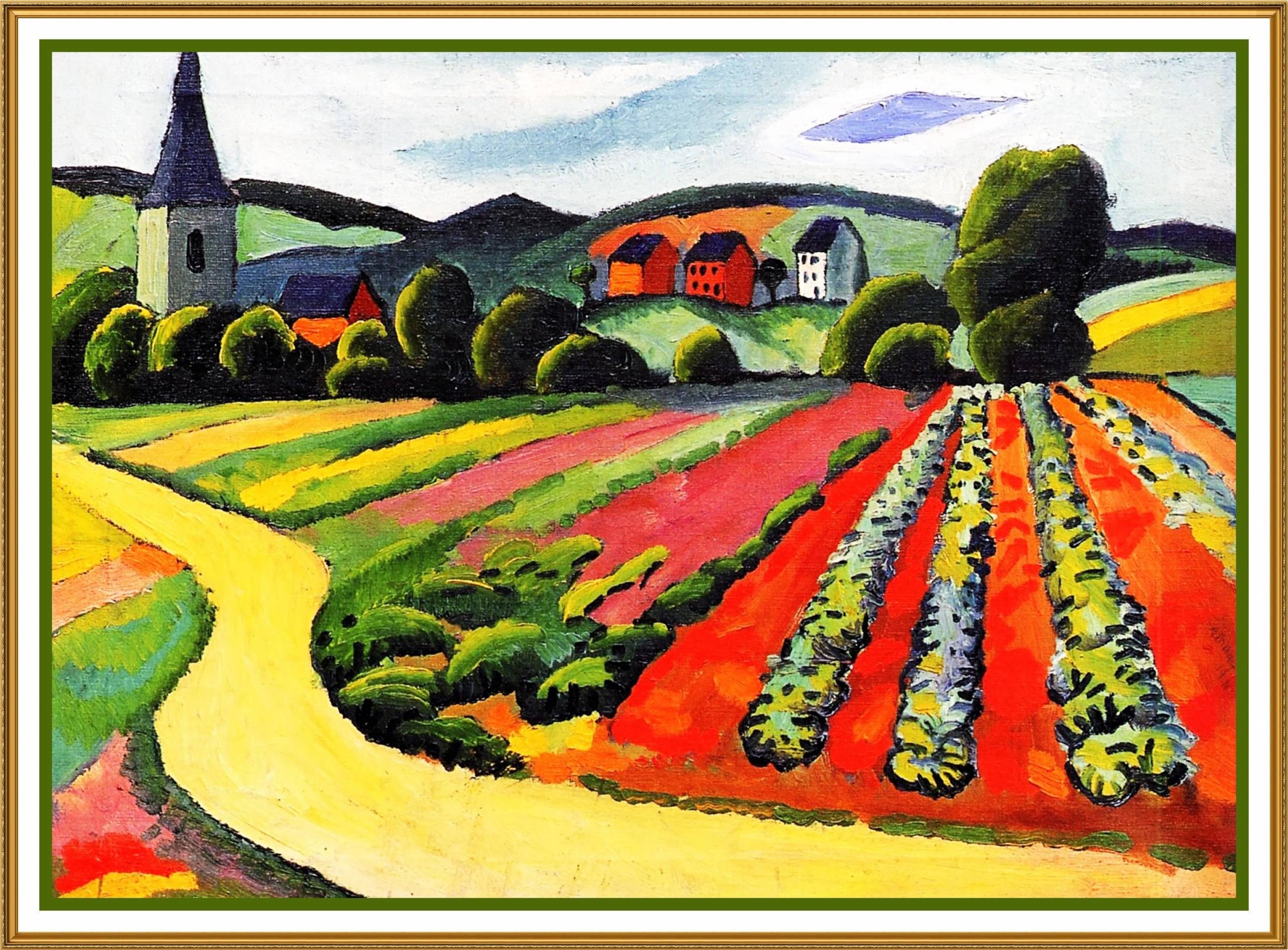Oil paints have perennially remained a mode of expression for many artistic minds to channelize and pour onto canvases the insides of their minds. But, taming oil paints is not a cakewalk and often needs meticulous care and exemplary strategic techniques to make the most out of it.
But, soon after conquering this feat comes another crucial task at hand— preserving the oil painting. Though many vintage oil paintings have been able to hold fort because of the purity of pigments imbued in it, newer oil paintings need intensive care and preservation.
There are a plethora of doors to knock on for the preservation of such artworks but one has to know both the flip sides of using a particular technique. So, let’s talk about how to properly protect an oil-painted masterpiece along with the dos and don’ts.
Let The Oil Painting Breathe For Starters
After you are done staining the painting with oil paints, you need to let it breathe like wine to amplify its texture. So, the thing is oil paintings would not dry off completely without contact. The oil dries usually by traditional oxidation which is achieved through oxygen. To accomplish this procedure, you need to leave your oil paintings out in a well-ventilated area which guarantees a good airflow.
Make sure it is placed in a spot where air does not swing in dust and dirt particles with it as it could get imbued in the oil. Lastly, to ensure that the drying process is successfully completed, keep a note of the temperature. Make sure the temperature is not too high so as to avoid a melted effect all over your oil painting.
Now, it comes to how long you need to let the painting breathe and dry off. It honestly depends on how many layers are lathered over the canvas and how densely you have applied the oil paints. So, it is better to wait one or two weeks before you pack it away to ship it or hang it in a frame to prevent the painting from touching the glass.
Oil Paintings’ Worst Enemy— Sunlight, Humidity, and Dark Spaces
While it is imperative to let your oil painting breathe, it is also crucial to choose the surroundings carefully. The intrinsic tints in oil paintings can get tarnished by prolonged exposure to sunlight. This is so as the oil paints get exposed to ultraviolet radiation that can trigger a chemical reaction that can change the chemistry of the oil paint and eventually, the painting.
With greater humidity, the paint comes in contact with too much moisture which makes it longer to dry firstly. Increased moisture can make the paint gummy and gel-like, making the painting come out to be wavy. Lastly, it’s often said that it is not advisable to keep the oil painting in a dark space. You don’t need to store it in direct sunlight but indoor light as the darkness can yellow the oils in the paint.
Protective Coating Needed
Even after the oil painting has breathed and dried off, the effort to keep it safe still needs to continue. Varnish suffices this purpose as it not just amplifies the colors smeared across a painting but also acts as a protective shield. It protects the painting from coming in direct contact with dust and unwanted particles that can damage the integrity of the painting.
Varnish also creates a much-needed barrier on the oil paints so that the color does not get damaged while cleaning or dusting off the painting. But, you must be extra cautious while buying a varnish to avoid damage to the painting. You should research well or consult an art expert before you invest in varnish. Lastly, do not be hasty and let the oil painting completely dry off before you apply a varnish.
Frame It Up For Additional Protection
The canvas is beautified when it is made out of oil plants like cotton. While the material is extremely sturdy and durable, it is destined to break down after exposure to environmental stressors. This is why you need to preserve your art in a glass frame after it has completely dried off.
Glass especially engineered for frames is not necessarily fragile and it can extend extreme resistance against light exposure and dust particles. Glass also protects against temperature and moisture due to its airtight seal. It also avoids any external damages or stains.
Lastly, paintings lose their innate luster if they are not cared for properly. Moreover, this extends additional protection towards vandalism that occurs on extremely famous works of art.
The Bottom Line
Art painted in oil paints has always been a classic memoir of many revolutions that our civilization has gone through the years. Such oil paintings like available here https://www.1st-art-gallery.com reflect fragments of culture and musings of the mind that give us food for thought. Hence, it is our moral duty to keep these artworks alive via such prevention techniques for only art that will tell a tale of the times gone by.
